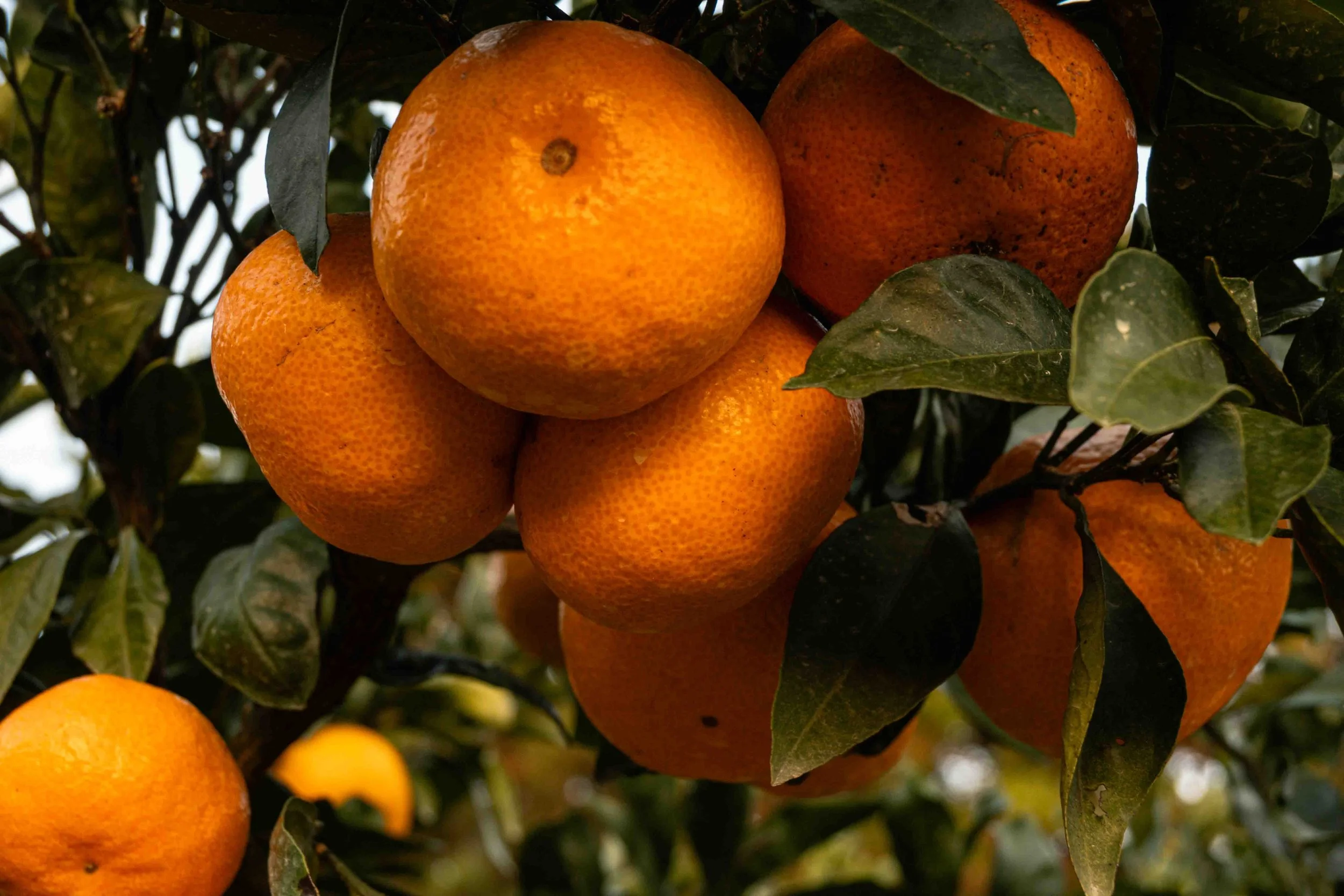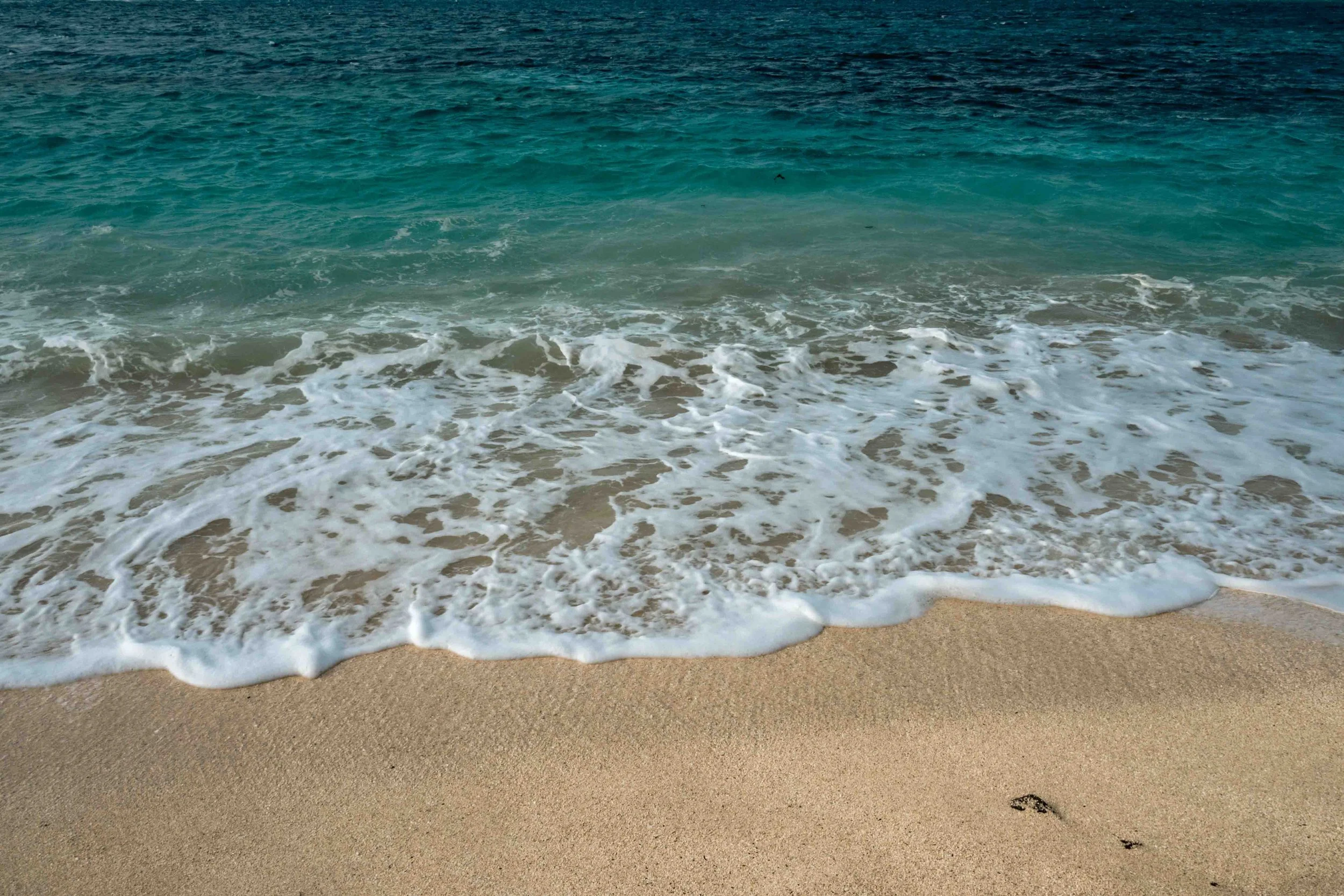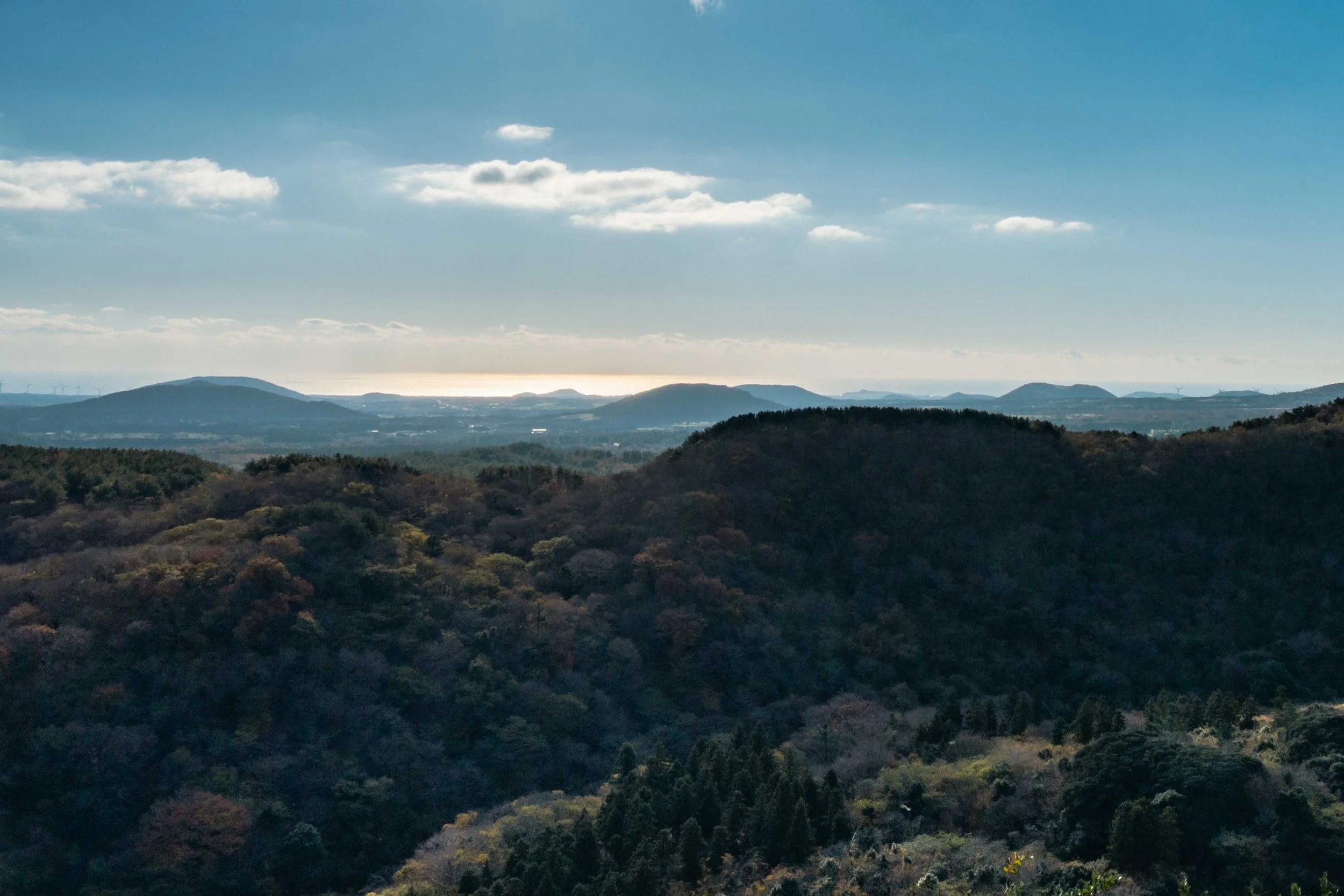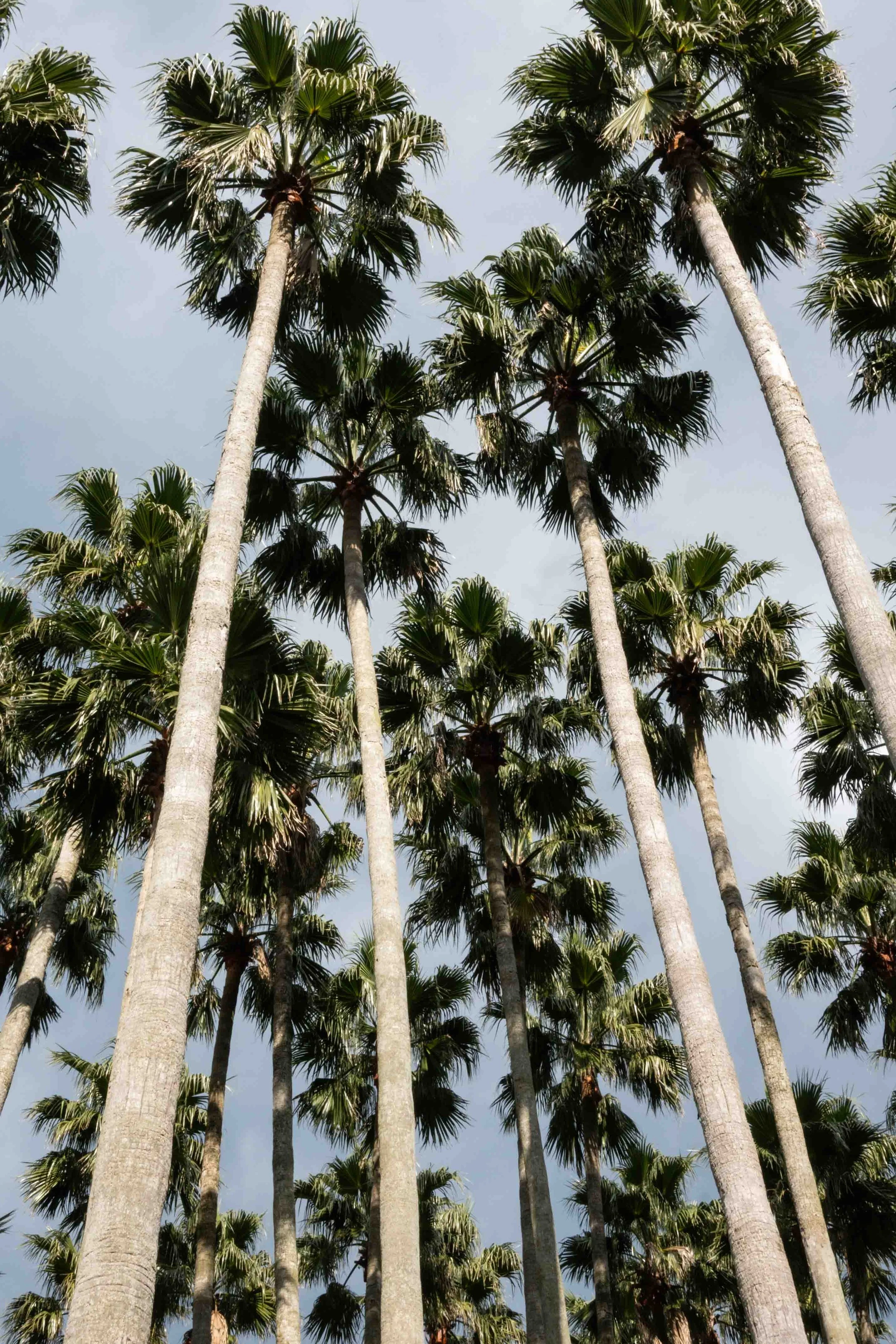Jeju Island Travel Guide: Top Attractions & Hidden Gems
Jeju Island has captivated us with its UNESCO-listed volcanic landscapes, from Mount Hallasan’s trails to dramatic lava-carved coastlines. In this guide, we share our top Things To Do—outdoor adventures, cultural encounters, and essential travel tips. Whether you seek adventure or simply want to soak in Jeju’s beauty, this island perfectly blends the exotic and accessible.HOW MANY DAYS |
5-7
days
BEST TIME TO VISIT | spring & fall
WHERE TO STAY |
Marine Port Resort
TOP THINGS TO SEE |
Ilchulbong, Udo Island, Jeongbang Waterfall, Olle trails
HOW TO GET AROUND | rent a car & public transport
Jeju Island quickly became our favorite destination in South Korea. Initially, we were a bit skeptical about visiting during November and December, thinking the chilly weather might limit our experience. However, we couldn’t have been more wrong! We were so glad we made the trip that we even postponed our flight to extend our stay. The island’s incredible diversity and abundance of activities make it a fantastic destination, even without warm beach weather.
HOW MANY DAYS?
While three days may be sufficient to get a brief introduction to Jeju Island, we recommend planning a stay of 5 to 7 days to truly experience its highlights. The island offers an incredible range of activities and landscapes, and a longer visit allows you to explore at a more relaxed pace, balancing sightseeing with moments of rest and reflection. Trust us, Jeju is worth taking the extra time to enjoy fully.
WHEN TO VISIT?
Jeju Island is a year-round destination, each season offering unique experiences:
Spring (March to May): This period is marked by cherry blossoms and canola flower fields, with temperatures ranging from 10 °C to 20 °C (50 °F to 68 °F).
Summer (June to August): As the peak tourist season, expect higher prices and increased crowds due to Korean holidays. The weather is hot and humid, with temperatures between 21 °C and 30 °C (70 °F to 86 °F).
Autumn (September to November): Mild weather and vibrant autumn foliage make this a serene time to visit, with fewer tourists. Temperatures range from 25 °C to 10 °C (77 °F to 50 °F).
Winter (December to February): Winters are milder compared to mainland Korea but can be windy and rainy. Temperatures range from 5 °C to 10 °C (41 °F to 50 °F), with occasional snowfall. It is an all your destination.
HOW TO GET AROUND?
While it’s possible to explore Jeju Island using public transport, we opted for renting a car to enjoy the freedom of traveling at our own pace. Renting a car is ideal for those who want to visit more remote areas and explore Jeju’s diverse landscapes. However, for those who prefer public transport, the island’s bus system is reliable, though it can be time-consuming. To rent a car in South Korea, you’ll need the following:
You must be at least 21 years old
Valid local driver’s license
Valid International Driving Permit
Passport for identification
Credit card in driver’s name
The staff at the car rental company SK Rent-a-car smoothly processed everything, only requiring an international driver’s license and passport. We didn’t even need to provide a credit card for a deposit. Overall, it was the best deal we found for a small car without insurance, and we can highly recommend them.
PRICE | from ₩24.400 | €16 | US$16 per day
BOOK | SK Rent-a-car
WHERE TO STAY?
When deciding where to stay in Jeju, it’s important to consider what you want to do and how you’ll get around. Renting a car gives you the freedom to explore more remote areas, while staying near transport hubs is best for those relying on public transport to minimize travel time.
If you’re renting a car, the south coast is a great option. Seogwipo, in particular, is centrally located, not too far from either side of the island, and offers a lively market and many restaurants. It’s perfect for those who want a mix of nature exploration, including waterfalls and coastal walks, and local convenience. The east side is ideal for nature lovers, especially if you’re planning to hike Ichulbong for sunrise. It`s also ideal to explore neighboring Udo Island.
For those relying on public transport, Jeju City is a good base with easy access to buses and attractions. It’s near the airport and major bus terminals, making it simple to get around. Seogwipo also works well for public transport users, as it’s easy to access the southern part of the island, with good bus connections to popular spots.
We stayed on the south coast, about a 15-minute drive from Seogwipo, and found spacious, affordable apartments. With a car, we had the freedom to explore independently. Our stay in a family-owned hotel was comfortable, with a clean room, an ocean view, and a great local vibe. It was a perfect base for our Jeju adventure.
BOOK | Marine Port Resort
Planning your next holiday?
When you make a purchase through our links, you support us without any extra cost to you.
Your support means the world to us!
Find Hotels
Get a Travel Insurance
Find a Rental Car
Book Tours & Attractions
Find Flights
Book a Bus/ Train/ Transfer
WHAT TO DO IN JEJU ISLAND?
NATURAL WONDERS
Hallasan Mountain
We didn’t hike Hallasan volcano ourselves because it was very cold and we didn’t have winter clothes with us. However, visiting Hallasan and its surrounding area is highly recommended. Standing at 1,947 meters (6,388 feet), Hallasan is an inactive volcano that offers stunning views of Jeju Island. The mountain is a popular spot for hiking, with several trails ranging from 5 to 10 hours, allowing hikers to explore diverse landscapes, from dense forests to alpine meadows. The views from the top are breathtaking, and the area is home to unique flora and fauna, making it a must-see for nature lovers. Even if you’re not hiking, the surrounding parks and scenic spots are worth exploring for their natural beauty.
Seongsan Ilchulbong
Ilchulbong is a popular destination, especially for watching the sunrise and witnessing the last Haenyeo women divers in action. These divers use breath-holding techniques to stay underwater for over two minutes, reaching depths of 10 to 20 meters. This practice is recognized as an Intangible Cultural Heritage by UNESCO. The Haenyeo symbolize resilience and independence, as these women were once the primary breadwinners for their families, challenging traditional gender roles in Korea.
There are two paths: one leading to the Haenyeo performance area and the other to the viewpoint. The hike to the viewpoint takes about 15 minutes at a normal pace, with some short breaks. It’s a well-maintained path with stairs. While there’s an entrance fee for the hike, the Haenyeo performance is free to watch.
We opted to watch the Haenyeo show in the afternoon, skipping the sunrise at Ilchulbong. The Haenyeo women perform daily at 2:00 p.m. The 30-minute show includes singing and diving, with the women selling their catch—such as abalones, octopuses, seaweed, sea urchins, and clams—at their food stall afterward.
OPENING HOURS | 9:00 a.m. to 5:30 p.m.
ENTRANCE FEE | ₩5,000 won | €3 | US$3 per adult
Seopjikoji
It is a picturesque coastline adorned with canola flowers in spring, with a view of the Seongsan Ilchulbong Peak in the background and the nearby beauty of Sinyang Beach.
OPENING HOURS | 7:00 a.m. to 7:00 p.m.
ENTRANCE FEE | free
Manjanggul Lava Tube
The Manjanggul Lava Tube is currently closed until August 2025. Stretching approximately 7.4 km, it is one of the largest lava tubes in the world, with a main tunnel that is 18 meters wide and 23 meters high. If you’re looking for an alternative, you can explore a smaller lava tube at Hallim Park.
Jeju Waterfalls
JEONGBANG WATERFALL
This waterfall is a must-see when visiting Jeju. At 23 meters tall, it’s the only waterfall in Korea where the water falls directly into the sea, cascading down a dramatic black cliff. The view is truly breathtaking. We recommend visiting early to avoid the crowds and fully enjoy the scenery.
OPENING HOURS | 9:00 a.m. to 5:30 p.m.
ENTRANCE FEE | ₩2,000 | €2 | US$2 per adult
CHEONJEYEONPOKPO FALLS
This waterfall is a highlight you should definitely include in your Jeju itinerary. The three-tiered waterfall, cascading through lush forest, is truly stunning. The water creates a pond beneath the first tier, then flows into the sea through the second and third. The path to the first waterfall is easy, with wooden steps, and the second waterfall is also accessible, though it requires a few stairs. The route to the last waterfall is a bit longer, with more stairs, but it’s only a 5-7 minute walk. If you have knee issues, we recommend skipping the last waterfall, as some visitors struggled with the climb, despite it seeming short and manageable.
OPENING HOURS | 9:00 a.m. to 5:30 p.m.
ENTRANCE FEE | ₩2,500| €2 | US$2 per adult
CHEONJIYEON WATERFALL
The path to the waterfall is a pleasant and easy walk, surrounded by tall, beautiful trees. It’s a lovely waterfall, but we feel it shouldn’t be a priority if you’re short on time in Jeju. However, since it’s close to Seogwipo, it’s easy to stop by for a quick visit and take a look while exploring the area.
OPENING HOURS | 9:00 a.m. to 10:00 p.m.
ENTRANCE FEE | ₩2,000 | €2 | US$2 per adult
Geomun Oreum
The Geomunoreum Lava Tube system is an extensive network of about 20 lava tubes running through a volcanic formation, making it a geological marvel and a haven for diverse biological species. Located within a UNESCO World Heritage site, the area is rich in both natural beauty and ecological significance. A guided hike is mandatory and lasts around 2.5 hours. The hike starts with a steep section that requires a quick pace, and the group continued steadily, as Koreans are generally very fit. Unfortunately, the guided tour is only in Korean, so we couldn’t fully understand the information. We used Google Translate occasionally and recommend standing at the front to better hear the guide’s voice for translation.
To join the tour, you must register at the forest entrance. Since we had an eSIM without a phone number, we needed help from our accommodation to complete the registration. After the hike, there’s a delicious restaurant nearby where you can enjoy a traditional Korean lunch.
OPENING HOURS | 9:00 a.m. to 6:00 p.m.
ENTRANCE FEE| ₩3,000 | €2 | US$2 per adult
REGISTER| Here
EAT| Oreum Nageune: order a seafood pancake and a mushroom gulguksa
BEACHES OF JEJU ISLAND
North Jeju
Woljeongri Beach
This beach is surrounded by windmills. It is a calm and chill atmosphere with clear and shallow waters. It is also a great spot to admire the sunset. There are a few cafes and restaurants along the shore.
Hamdeok Beach
This is a family oriented beach and great for relaxing. You can enjoy a good swimming at these clear, turqouise waters with a beautiful scenery. Keep in mind that the first beach tends to be quite crowded, but as you continue walking to the next one, the atmosphere becomes much calmer. Towards the hill and viewpoint you can admire a delightful view of the waters. To enjoy a beautiful sunset walk towards the bridge that leads towards the large lava rocks.
West Jeju
Hyeopjae Beach
One of the most famous beaches with its fine white sand and black lava rocks with crystal clear waters with a scenic view of Biyangdo Island, perfect for swimming, sunbathing and for families. It is very popular and can get crowded, but we think it is something you cannot miss. There are restaurants and cafes nearby.
Geumneung Beach
This quieter beach right next to Hyeopjae offers a serene atmosphere, making it an ideal spot to relax and enjoy the peaceful surroundings. However, keep in mind that there are no restaurants or cafes nearby, so plan accordingly.
Gwakji Beach
This is a relaxed beach with a long coastline to enjoy the sunset and to relax at the beach. It is not so crowded as other beaches.
South Jeju
Jungmun Saekdal Beach
It is popular white and black sand beach for surfing, water sports and stunning views. You can rent water sport gear, enjoy the restaurants & cafes. There are many hotel complexes, so you can expect many tourists during the high seasons. If you want to appreciate the surroundings there are several trails along this beach.
Pyoseon Beach
Here you can relax with calm waters for a peaceful end of the day and combine it after exploring Jeju Folk Village.
East Jeju
Hado Beach
Hado Beach features a crescent of golden sand, black rocks, and calm waters, making it ideal for swimming, kayaking, and watching the haenyeo at work. Nearby, the short hike up Jimibong offers stunning views as a rewarding finish.
Sehwa Beach
Not far from Hado, this beach offers a tranquil atmosphere with clear blue waters and beautiful natural scenery, perfect for a peaceful day by the sea.
Newsletter
Turn dreams into plans and get a monthly dose of wanderlust with our tips, guides & travel stories.
Udo Island
We recommend you to do this as a day trip. You can also stay overnight, but it is a very small island and a few hours are just enough to see the main attractions. We loved visiting Udo, it is a very fun activity to drive around in the mini electric cars. We got a random Pikachu electric tricycle with bunny ears and had a blast driving around and making stopovers. If you want to know some tips and recommendations read our guide for Udo.
PLAN | How to explore Udo Island: A complete Travel Route
Olle Market
This is a vibrant market complex offering food stalls, fresh fruit, souvenirs, and traditional Jeju snacks. During our stay in Seogwipo, we visited a few nights for dinner and snacks. It’s a must-visit to sample the delicious treats made of tangerine. We’ve put together a guide to our favorite snacks and food stalls that you shouldn’t miss while you’re there.
PLAN | Food Guide: What to Eat at the Seogwipo Maeul Olle Market
Yakcheonsa Temple
Yakcheonsa Temple, located in Seogwipo, is one of the largest and most impressive Buddhist temples in Jeju. With its stunning ocean views and peaceful surroundings, the temple offers a serene atmosphere perfect for reflection. The main hall features a 4.5-meter-tall golden statue of Vairocana Buddha, flanked by two smaller Buddhas. We especially enjoyed admiring the intricate details of the hundreds of smaller Buddha statues on the second floor. If you’re a fan of temple visits, this peaceful retreat is definitely worth adding to your Jeju itinerary.
Jeju Olle Trails
Jeju’s nature and landscapes are truly captivating, and the Olle Trails offer the perfect opportunity to disconnect and immerse yourself in the island’s natural beauty. The 27 hiking trails vary in difficulty and typically take between 4 to 7 hours to complete.
If you’re looking for recommendations, Route 1 offers coastal views, old villages, and the iconic sunrise at Seongsan Ilchulbong. Route 7 follows the coastline with easy paths, offering ocean views and dramatic cliffs. Route 10 is diverse, taking you around a mountain, past the coast, and through temples. For a peaceful experience, Route 14-1 winds through a quiet forest area, immersing you in Jeju’s natural beauty.
READ | Jeju Trails Official Website
O’sulloc Tea Museum
O’sulloc Tea Museum is a small museum where you can learn about the tea process, though it lacks detailed explanations. The focus is mainly on the tea shop, where you can sample various teas and see how they are packed into bags. While the tea fields are small, they offer a nice backdrop for photos. Next to the museum, you’ll find an Innisfree shop, a cafe, and a restaurant. The Innisfree products sold here can be purchased cheaper at Olive Young, but they offer exclusive items made with Jeju’s tangerines and lava mud, which are only available at this location. The cafe and restaurant are on the pricier side, so it’s not the best spot for budget dining. Overall, we found the experience a bit underwhelming compared to other tea plantations we’ve visited.
OPEN | 9:00 a.m. to 6:00 p.m.
ENTRANCE FEE | free
Hallim Park
We visited Hallim Park mainly to explore the caves, as the Manjanggul Lava Tube is closed until August 2025. Initially, we weren’t sure if the park would be worth the visit, but we were pleasantly surprised. The park is suitable for all ages and offers a wide range of attractions. These include Palm Tree Road, the Jeju Stone and Bonsai Garden, the Water Garden, and the Subtropical Botanic Garden. The standout features are the Hyeopjaegul and Ssangyonggul Caves, known as the world’s only two-dimensional caves. Additionally, there’s a folk village, a children’s amusement park, and outdoor resort facilities. We recommend bringing your own food or snacks, as there is only one restaurant and a small shop selling reheated frozen snacks.
OPEN | 9:00 a.m. to 5:30 p.m. (closing time depends on the season)
ENTRANCE FEE | ₩15,000 | €10 | US$11
WHAT WE MISSED…
We skipped both Jeju Stone Park and Seongeup Folk Village since we visited Hallim Park as an alternative to the Manjanggul Lava Tube, which we didn’t want to miss. Hallim Park also features a small folk village and typical Jeju stone statues, so we felt that adding another folk village visit wasn’t necessary given what we had already seen.























